Table of content
Shellfish, a diverse category of seafood encompassing mollusks like clams, mussels, and oysters, as well as crustaceans such as shrimp, crabs, and lobsters, are prized globally for their delicate flavors and versatility in cuisine. However, achieving the perfect texture and taste hinges on precise cooking times—a factor that often perplexes even seasoned home cooks. Overcooking can render these treasures of the sea rubbery and tasteless, while undercooking poses health risks. This article delves into the science and techniques behind cooking shellfish to perfection, ensuring both safety and culinary excellence.
Understanding Shellfish: Varieties and Cooking Fundamentals
Shellfish are broadly classified into two groups: bivalves (mollusks with two hinged shells) and crustaceans (exoskeleton-bearing creatures). Each type demands unique preparation methods and cooking durations due to differences in anatomy, density, and moisture content.
Bivalves: Mussels, clams, oysters, and scallops fall into this category. Their shells protect tender meat that cooks rapidly, making timing critical.
Crustaceans: Shrimp, crabs, lobsters, and crayfish have segmented bodies and tougher exoskeletons. Cooking times vary based on size and whether they are cooked whole or in sections.
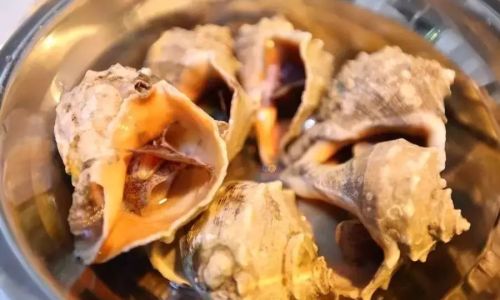
Factors Influencing Cooking Time
- Size and Thickness: Larger shellfish require longer cooking. For example, a 1-pound lobster cooks faster than a 3-pound specimen.
- Freshness: Fresh shellfish cook faster than frozen ones, which often need partial thawing.
- Cooking Method: Steaming retains moisture better than boiling, while grilling imparts smokiness but demands vigilance.
- Altitude: At high elevations, water boils at lower temperatures, extending cooking times.
Cooking Times for Popular Shellfish Varieties
Mussels
Cooking Time: 4–7 minutes
Method: Steaming is ideal. Discard any mussels with cracked shells or those that remain closed after cooking.
- Boiling: Submerge in salted boiling water for 4–5 minutes until shells open.
- Steaming: Place in a pot with 1 cup of liquid (wine, broth, or water) over medium heat. Cover and cook 5–7 minutes.
Pro Tip: Mussels release liquid as they cook, creating a flavorful broth. Add herbs or garlic during steaming for depth.
Clams
Cooking Time: 5–10 minutes
Method: Similar to mussels, clams require thorough cleaning to remove sand.
- Steaming: Arrange in a single layer in a pot with ½ inch of liquid. Cook 5–7 minutes until shells pop open.
- Baking: Roast at 450°F (232°C) for 10–12 minutes in a covered dish.
Safety Note: Never force open a clam; discard any that remain shut post-cooking.
Oysters
Cooking Time: 3–8 minutes
Method: Oysters are often enjoyed raw, but cooking methods vary:
- Grilling: Shuck first, then grill for 2–3 minutes per side.
- Steaming: Whole oysters steam for 8–10 minutes until shells slightly open.
Culinary Insight: Overcooking oysters turns them chalky. Remove from heat once edges curl.

Scallops
*Cooking Time: 2–4 minutes per side
Method**: Searing is preferred to preserve caramelization.
- Pan-Searing: Pat dry, season, and cook in hot oil for 2–3 minutes per side.
- Baking: Wrap in foil with butter and herbs; bake at 400°F (204°C) for 10–12 minutes.
Pro Tip: Use a cast-iron skillet for optimal searing. Avoid overcrowding the pan to ensure even browning.
Shrimp
Cooking Time: 2–5 minutes
Method: Shrimp cook quickly, making them prone to overcooking.
- Boiling: Add to boiling water; cook 2–3 minutes until pink and opaque.
- Sautéing: Toss in a hot pan with oil for 2–3 minutes per side.
Size Guide:
- Small (51–60 count per pound): 2 minutes
- Medium (41–50 count): 3 minutes
- Large (26–40 count): 4 minutes
- Jumbo (16–25 count): 5 minutes
Crab
Cooking Time: 10–20 minutes
Method: Whole crabs require longer cooking than legs or clusters.
- Boiling: Submerge in salted boiling water. Cook 10–15 minutes for legs, 15–20 for whole crabs.
- Steaming: Place in a steamer basket; cook 12–18 minutes.
Preparation Tip: Clean crabs by removing the apron and gills before cooking.
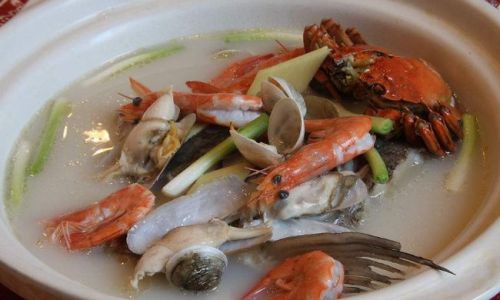
Lobster
*Cooking Time: 8–15 minutes
Method**: Cooking times vary by size:
- 1-pound lobster: 8–10 minutes
- 5 pounds: 12–14 minutes
- 2 pounds: 15–18 minutes
Technique: Boil or steam. For boiling, use a large pot with salted water. For steaming, add 2 inches of water and a steaming rack.
Humane Practice: Some chefs recommend splitting lobsters in half before cooking to reduce suffering.
Advanced Techniques and Tips
Sous-Vide Cooking
For precision, vacuum-seal shellfish with herbs and cook in a water bath:
- Scallops: 122°F (50°C) for 30 minutes
- Shrimp: 140°F (60°C) for 15–20 minutes
Grilling
- Use a perforated grill pan to prevent small shellfish from falling through.
- Marinate shrimp or scallops in oil, garlic, and citrus for 30 minutes before grilling.
Ceviche Preparation
While not cooking, ceviche uses citrus to “cook” shellfish. Ensure sushi-grade quality and marinate for 20–30 minutes.
Common Mistakes to Avoid
- Overcrowding the Pan: Causes uneven cooking and steaming instead of searing.
- Ignoring Doneness Cues: Rely on texture and color, not just time.
- Using Cold Water: Thaw frozen shellfish in the refrigerator, not at room temperature.
- Discarding Cooking Liquid: Strain and use it for sauces or soups.
Food Safety Guidelines
- Internal Temperature: Cook shellfish to 145°F (63°C) as measured by a thermometer.
- Storage: Refrigerate live shellfish in a breathable container (not airtight) and consume within 1–2 days.
- Allergens: Shellfish are a common allergen; clearly label dishes and inquire about allergies.
Pairing Suggestions and Recipes
Mussels in White Wine Broth
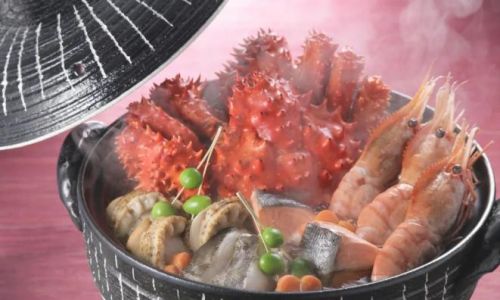
- Sauté garlic and shallots, add mussels, white wine, and cream.
- Serve with crusty bread for dipping.
Grilled Oysters with Parmesan Butter
- Top shucked oysters with garlic butter and Parmesan; grill 3 minutes.
Lobster Roll
- Mix chilled lobster meat with mayo, celery, and lemon; serve in a toasted bun.
Spicy Shrimp Stir-Fry
- Stir-fry shrimp with vegetables in a soy-ginger sauce; serve over rice.
Conclusion
Cooking shellfish is an exercise in precision and respect for ingredients. By understanding the nuances of each variety—from the briny sweetness of oysters to the buttery richness of scallops—you can elevate your dishes to gourmet heights. Remember that timing is not a rigid rule but a guideline; trust your senses and adapt to variables like stove strength and shellfish size. With practice, you’ll master the delicate balance between tender and overdone, transforming simple seafood into a culinary masterpiece. Whether you’re hosting a seafood boil or preparing an intimate dinner, these techniques ensure your shellfish dishes are both safe and sublime.
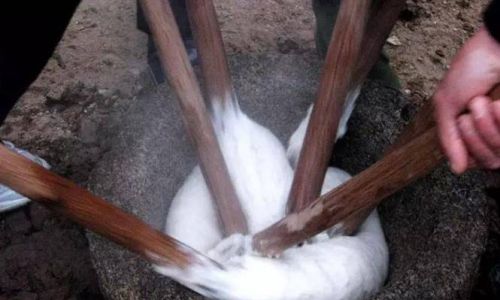
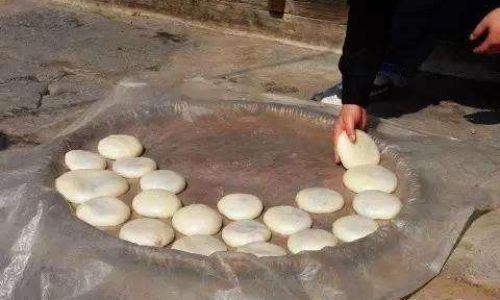
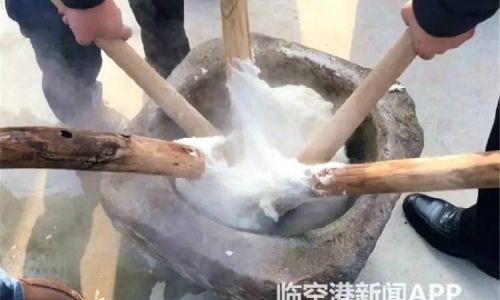
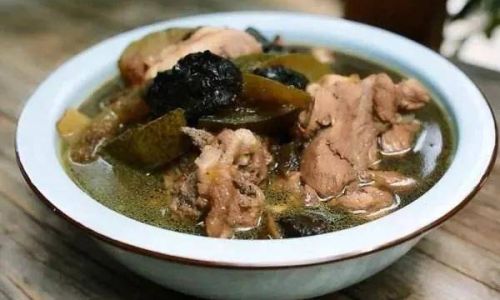
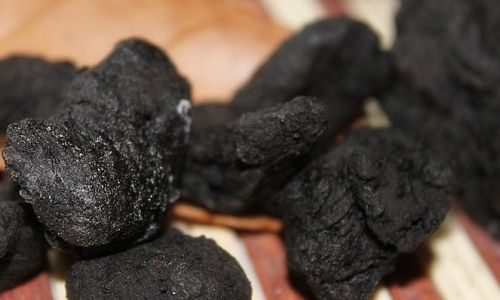
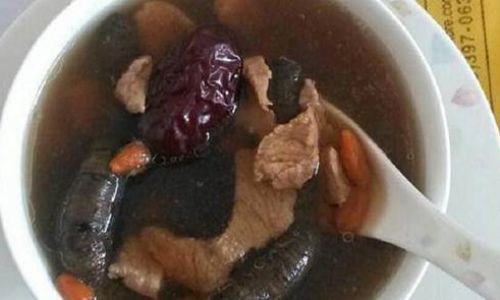
0 comments